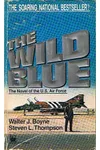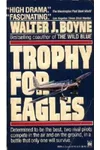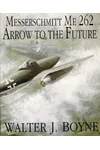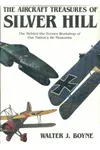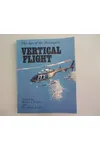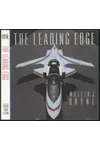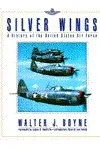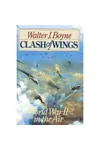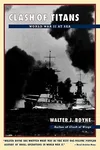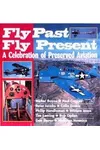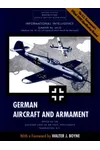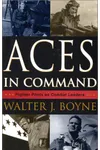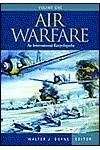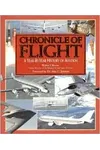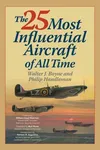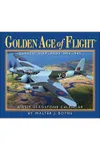Picture an American storyteller who soared through the skies and brought aviation history to life—meet Walter J. Boyne! A retired U.S. Air Force colonel, command pilot, and prolific author, Boyne transformed his love for flight into over 50 books and 1,000 articles, blending thrilling narratives with meticulous historical detail. From leading the National Air and Space Museum to penning bestsellers, his work has inspired aviation enthusiasts worldwide.
Boyne’s unique ability to weave technical expertise with storytelling made him a titan in military aviation literature. Whether you’re a history buff or a fiction fan, his tales of courage and innovation will leave you ready to take flight!
The Making of Walter J. Boyne
Born on February 2, 1929, in East Saint Louis, Illinois, Walter J. Boyne grew up during the Great Depression, a time when dreams of flight offered an escape. Inspired by dime novels like G-8 and His Battle Aces, he set his sights on becoming a pilot. After joining the U.S. Air Force in 1951, Boyne earned his wings and flew bombers like the B-47 Stratojet and B-52 Stratofortress, logging over 5,000 hours. His military career, including time as a nuclear test pilot, fueled his passion for aviation history. In 1962, he sold his first article about the Curtiss P-36 for $29, sparking a writing career that would define his legacy.
Walter J. Boyne’s Unforgettable Stories
Boyne’s bibliography is a treasure trove of aviation literature, spanning nonfiction and fiction. His nonfiction works, like Chronicle of Flight: A Year-By-Year History of Aviation, offer vivid, photo-rich journeys through aviation’s milestones, from balloons to space shuttles. Another gem, The Influence of Air Power Upon History, explores how air forces shaped warfare, politics, and culture, earning praise for its bold insights. Boyne’s fiction, including the Jet Age Trilogy (Roaring Thunder, Supersonic Thunder, and Hypersonic Thunder), blends real aviation pioneers like Howard Hughes with fictional drama, captivating readers with high-flying adventures.
His writing style is both authoritative and accessible, balancing technical detail with gripping narratives. Boyne had a knack for spotlighting lesser-known aircraft and unsung heroes, making history feel alive. His ability to bridge military precision with storytelling flair earned him spots on the New York Times bestseller lists for both fiction and nonfiction—a rare feat.
Boyne’s contributions extended beyond books. As director of the National Air and Space Museum from 1983 to 1986, he founded Air & Space magazine, oversaw IMAX films like The Dream Is Alive, and helped establish the Steven F. Udvar-Hazy Center, home to iconic aircraft like the SR-71 Blackbird.
Why Walter J. Boyne Matters
Walter J. Boyne’s impact on aviation history is unmatched. His books educated generations, making complex military and technological developments accessible to all. By co-founding the Wingspan television channel, he brought aviation stories to screens, inspiring future pilots and historians. His leadership at the National Air and Space Museum elevated it into a global hub for aerospace education. Enshrined in the National Aviation Hall of Fame in 2007, Boyne’s legacy endures through his storytelling and innovations.
Boyne passed away on January 9, 2020, at 90, but his work continues to inspire. His blend of expertise and passion reminds us how one person’s vision can shape an entire field, making aviation history soar for readers everywhere.
- Born: February 2, 1929, East Saint Louis, Illinois
- Key Works: Chronicle of Flight, The Influence of Air Power Upon History, Jet Age Trilogy
- Awards: National Aviation Hall of Fame (2007), Cliff Henderson Trophy (1987)
- Died: January 9, 2020, Silver Spring, Maryland
Ready to explore the skies? Grab Chronicle of Flight or the Jet Age Trilogy and dive into Walter J. Boyne’s thrilling world of aviation adventure!



